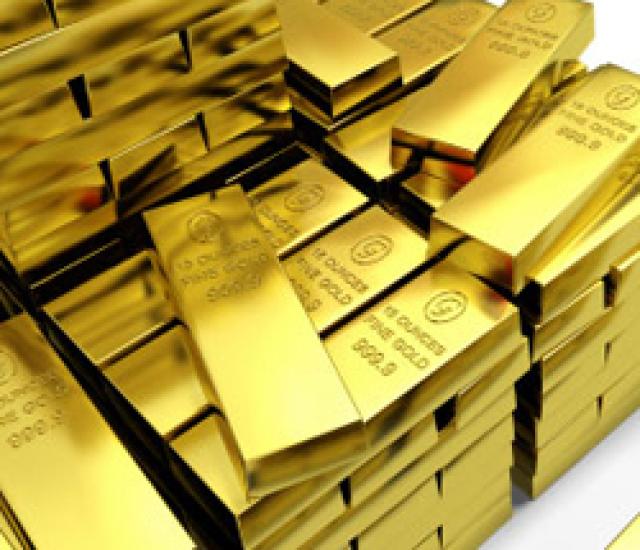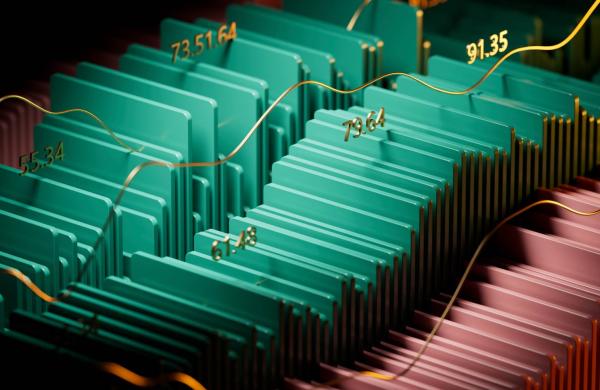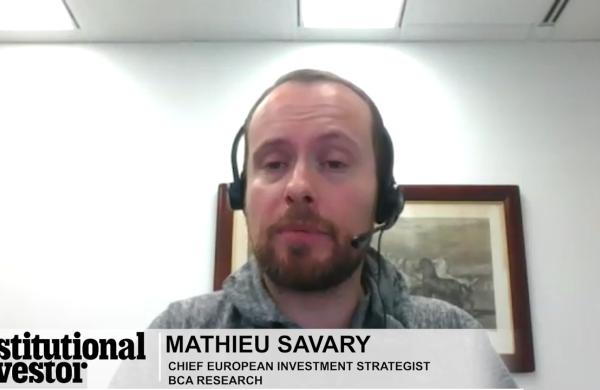Investors need to know what they’re investing in. Is it an exchange traded fund, an exchange traded note, maybe even an exchange traded commodity for outside the U.S. investments. It’s important especially if another Lehman event were to happen, notes Deborah Fuhr, managing director and global head of ETF research and implementation strategy at BlackRock.
“You may want to invest in other assets not easily fit into a fund wrapper, but exchange traded notes are unsecured debt and contain issue risk to bank or broker,” she explains. “You need to be aware of who the counterparty is and understand the structure of the product you are investing in.”
There are many implications to be aware of. Take gold ETFs. Are you investing in physical gold, gold mining stocks or futures? “Each has difference performance and tax consequences,” Fuhr says. “Understanding the performance and tax aspects will lower your chances of being disappointed.”
The evolution of ETFs from vanilla passive index products to strategies like equal weighting has meant that along with sophistication come variances to be aware of, agrees Anthony Davidow, managing director, portfolio strategist at Rydex|SGI in New York. “It’s important to know what you own and how you own it. With commodity ETFs, are you investing in the hard asset, futures spot metals or mining stocks? They track differently.”
“Institutions especially are not happy when products don’t track well—they want to track what’s underlying,” he says. Clarity helps.
Exchange traded products (ETPs) provide another means of gaining currency exposure, he notes. For example, Rydex’s CurrencyShares offer investors access to nine currencies in an exchange traded structure. “CurrencyShares are grantor trusts that hold actual foreign currency deposits in a segregated account, rather than using futures contracts or other proxies that may lead to imprecise tracking of the underlying currency.” Interest earned, if any, accrues daily. After trust expenses are paid, remaining interest is distributed to shareholders monthly.
Invesco PowerShares markets a family of commodity and currency exchange traded products issued by Deutsche Bank (DB). “This includes DBC, a broad basket of commodities, an ETF that’s the flagship portfolio,” says Bryon Lake, global head of business development at Invesco PowerShares who works closely with the DB managers on marketing and sales. There are individual subsector ETFs as well, like agriculture and precious metals. The ETF family also contains three currency exchange traded products—DBV, which deals in the “carry trade,” and two directional plays—UUP and UDN, for investors looking to express bullish or bearish views on the U.S. dollar. “With these, we believe DB has done a good job of covering all the bases.”
More and more institutions are going the in-house investment committee route, dating back to about 10 years ago when such endowments as Harvard went out and bought timber and other commodities directly. “These days with limited resources, most committees don’t want to go out and evaluate different farms as a way to buy agriculture, yet they’re keen to get that exposure. With an ETF, they not only attain agriculture or other commodity for their portfolio, but in their due diligence process can feel good about the transparency of the holdings,” he says.
It’s true that until recently institutions typically allocated small portions of their portfolios to commodities, currencies and other alternative assets. “But though the percentages vary,” Lake says, “ranges are growing from typically 5 to 10 percent to 30 or even 35 percent depending on their mandates.”
He adds that in some cases, the U.S. equity portion may be only 10 percent with a pickup of alternatives. “They’re taking advantage of all the possible asset classes for portfolio diversification purposes.”
Over the past five years, being able to have exchange traded funds available for access to commodities rather than just futures has been advantageous, institutions have found. “The PowerShares DB suite of funds has about $15 billion in assets under management,” Lake notes.
Another big reason for movement into these other types of assets is a need for non- or lower correlation to U.S. equity holdings. Low correlation with commodities in particular—DBC has averaged .12 to the S&P 500, but with comparable returns.”
Commodities also are turned to at times like these when institutions want to hedge inflation.
As institutions open to the flexibility of a variety of fund structures, like exchange traded notes, they’re chancing counterparty risk, but Lake notes that the investor is not locked in, with the ability to sell positions on an exchange every single day. “They are very liquid, which, of course, is a big benefit relative to hedge funds and other structures.”
Tax implications loom large as well. “If you hold one hundred percent physical commodities, such as gold,” says William Rhind, managing director at ETF Securities of London, “they are taxed as collectibles.” Held for a year or more, the tax rate is 28 percent, whereas held less than a year, they’re taxed as ordinary income.
Lots of investors like hard assets in times of inflation, which most observers say is not a matter of if but when. For institutions, holding ETFs is a perfect way to do so. ETF Securities notes that it marketed its first gold ETF in Australia in 2003 and from then to now these exchange traded products have held nothing but physical metals. “No cash, no derivatives and every day we publish bars on the website, audited by a third-party specialist,” Rhind says. “These ETFs are pure and transparent.”
Silver’s outperformance recently with a price that’s so much lower than gold--$35ish as opposed to gold’s $1,600—makes it a way to gain exposure to precious metals on the cheap, he points out. “For pensions and endowments that weren’t able to have exposure to physical gold or silver, ETFs have been a lifesaver. In general, more money is being allocated to commodities among institutions. There’s a big demand for gold especially and we’re seeing increases in exposures in institutional portfolios.”
Rhind adds that hedge funds in particular are using palladium and platinum holdings tactically since they are components in catalytic converters and therefore are a play on car sales “especially with the growth of auto sales in China and India—which are outpacing those in the U.S. Palladium and platinum are pro-cyclical metals that do well when global growth is increasing. Gold and silver, on the other hand, are counter-cyclical, performing well when economies are soft.”
Feedback shows Rhind that a psychological mind shift has occurred: “Investors are looking at gold and other precious metals in direct response to the U.S. dollar weakening. Precious metals are the ultimate security. No counterparty risk and liquidity. This is what makes it such a unique asset. It’s a commodity and a currency.”






